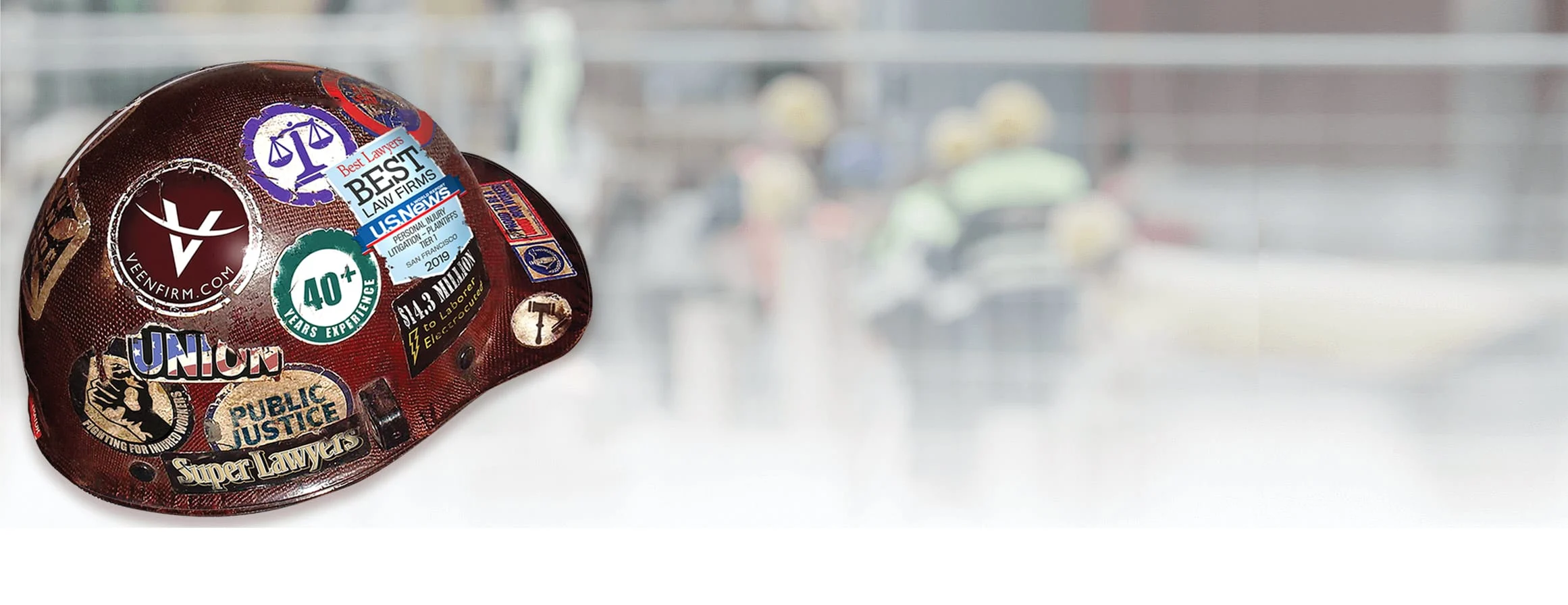Free Consultation
888-504-0157
On December 18, 2011, a stationary engineer working for Able Engineering Services re-set a “No Parking” sign that had fallen down along the north sidewalk of Four Embarcadero in San Francisco. Two days later on December 20, 2011, another Able stationary engineer tightened the same sign because it appeared loose.
Later on that following afternoon, a 38-year-old woman was walking along the north sidewalk of Four Embarcadero with her children when a teenager tried to swing around the “No Parking” sign, which gave way and struck the woman on the head. Her five year-old twin boys and two year-old daughter witnessed the trauma and its aftermath, which included watching their mother knocked down to the ground and bleeding, and having their mother loaded onto an ambulance and taken away from them while they were left behind.
The family sued Crown Energy Services, dba Able Engineering Services, who did not adequately monitor, maintain, and repair the “No Parking” sign and allowed a sign with defective treads to remain on the public sidewalk. The family also sued Boston Properties, Inc., the owner of Four Embarcadero, and City and County of San Francisco, the owner of the sidewalk. The defendants sued the teenager who swung around the sign as a cross-defendant.
Liability was contested. The defendants alleged that they were not responsible for monitoring, maintaining, and repairing the “No Parking” sign, and also contended that the condition had existed for twenty-four years without any prior problems so there was no unreasonable risk of harm. Boston Properties also contended that Able did not notify them of any issues with the “No Parking” sign.
The defendants also disputed her future damages.
The sign struck the woman on the top of her head, knocking her down and causing a severe head injury. The fall also caused injury to the eye of her two-year-old child.
The 38-year-old woman was taken by ambulance to San Francisco General Hospital, where the skull impact was examined and a CT scan was administered. The ER surgeon repaired two lacerations-a complicated repair of a 2 cm stellate laceration on the left frontal scalp and then a simple repair of a small laceration on the galea (“helmet”). She was released after several hours and given pain medication and instructions about post-concussive syndrome. She saw a number of doctors following her initial hospitalization, including a pain management doctor, neurologists and therapists.
It was alleged that she will require future care including care by a neurologist, pain management, EMDR, and family and couples’ psychotherapy.
At the time of the incident, she was completing her Masters in Counseling and dreamed of opening her own practice as a Marriage and Family Therapist. Due to her persistent and dramatic cognitive dysfunction, her therapist and vocational consultant opined that she would not be able to return to work.
Plaintiff’s future damages were significant, including $2,637,930 in future medical care. Her sons who witnessed their mother’s injury had claims for psychological injuries and her husband claimed loss of consortium.
The family settled with the defendants before trial for $1,250,000.
(Settled in August 2015)
